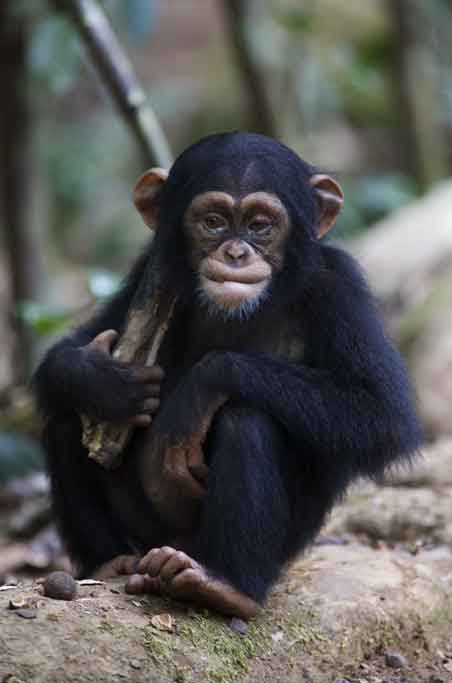
Chimpanzees are highly intelligent and emotional
animals. They demonstrate many
humanlike traits, such as a rudimentary culture,
in their adaptive responses to environmental challenges.
Physical Characteristics of Chimpanzees
Woodland chimpanzees weigh between 73 and
132 pounds. The bonobo weighs from seventythree
to ninety-nine pounds. Females are about
10 percent smaller than males. Chimpanzees
have powerful arms and shoulders and locomote
through knuckle-walking, a form of quadrupedalism,
although they are occasionally bipedal, and
can also brachiate (swing through trees and
branches). Chimpanzee forelimbs (arms) are longer
than their hindlimbs. Vision is in color and
highly acute. Chimpanzees have short thumbs,
and their grasping ability is somewhat impaired
relative to humans.
Both Pan troglodytes and Pan piniscus are promiscuous.
Females of each species exhibit sexual
swelling when they are receptive to mating; however,
there is no consistent breeding season.
Ecology and Diet
Chimpanzees at one time inhabited a three-thousand
mile belt across equatorial Africa. Today
their distribution is limited, and in some regions
they are extinct or disappearing.
Chimpanzee home ranges vary in size depending
upon food resources and other ecological dynamics.
The home range of the woodland chimpanzee
can be from 2 to 215 square miles, whereas
the bonobo's home range is from 7 to 19 square
miles. Water availability, nesting trees, and seasonal
food resources define ranges, and chimpanzees
can cover several miles in a day. Adult male
chimpanzees patrol their ranges to ensure the
exclusiveness of a community's domain. Aggression
as a result of invasion and intercommunity destruction
has been documented by Jane Goodall.
Chimpanzees are omnivorous: Their diet consists
of a great variety of vegetal foods, as well as
insects, grubs, bird eggs, and small mammals.
While leaves and fruit define much of the chimpanzee's
diet, colobus monkeys, young bush
bucks, and young baboons obtain supplemental
protein through cooperative hunts.
Group Life and Learning
Chimpanzees of both species reside in fissionfusion
communities. Membership within community
subgroups can change throughout the day.
Males and females strive to attain dominance,
or elevated status, which provides
access to preferred food resources and
desirable mates. Physical size, strength,
and age influence the attainment of position
within a dominance hierarchy. Hierarchies
function to minimize chaos
within the community.Woodland chimpanzee
communities range from 20 to
over 100; bonobo groups range from 50
to 120 individuals.
Social interaction is enhanced on the
individual level through social grooming.
Mutual grooming, or cleaning the
hair carefully, is an act denoting friendship
and intimacy.
Learning accounts for much of chimpanzee
behavior, acquired through play
and observation. Tool use, a learned behavior,
has been observed frequently
among woodland chimpanzees, much
less so among the bonobo. Tools (sticks,
rocks, branches, leaves) have been used,
and in some instances modified, in order
to access and extract underground termites
from their nests for consumption;
to intimidate other animals; to facilitate
drinking; to clean the body; and to crack
open nuts.
Chimpanzee behaviors associated with meat
eating include begging and the subsequent sharing
of the kill by the hunters. Cannibalism and infanticideamongchimpanzees
have also been observed.
Chimpanzees are emotional animals that require
reassurance that they are part of the community.
Touching and embracing among individuals
are common behaviors.
Chimpanzee Facts
Classification:
Kingdom: Animalia
Subkingdom: Metazoa
Phylum: Chordata
Subphylum: Vertebrata
Class: Mammalia
Subclass: Eutheria
Order: Primates
Suborder: Anthropoidea
Family: Pongidae
Genus and species: Pan troglodytes (common or woodland
chimpanzee),P. piniscus (pygmy chimpanzee or bonobo)
Geographical location: Africa; P. troglodytes is found from
west to east Africa, from Senegal to Tanzania, including
the Ivory Coast, Gabon, Sierra Leone, Congo Republic,
and the Democratic Republic of the Congo; P. piniscus is
found in the central and western regions of the Democratic
Republic of the Congo
Habitat: P. piniscus prefers rain forests and swampy forested
areas; P. troglodytes has been observed in diverse
habitats-tropical rain forest, wooded savanna, primary
and secondary forest
Gestational period: 7.5 to 8 months
Life span: Forty to fifty years
Special anatomy: Large complex brain (390 cubic centimeters
average) in relation to body size
Other popular Animals
Photo Gallery of - Chimpanzee
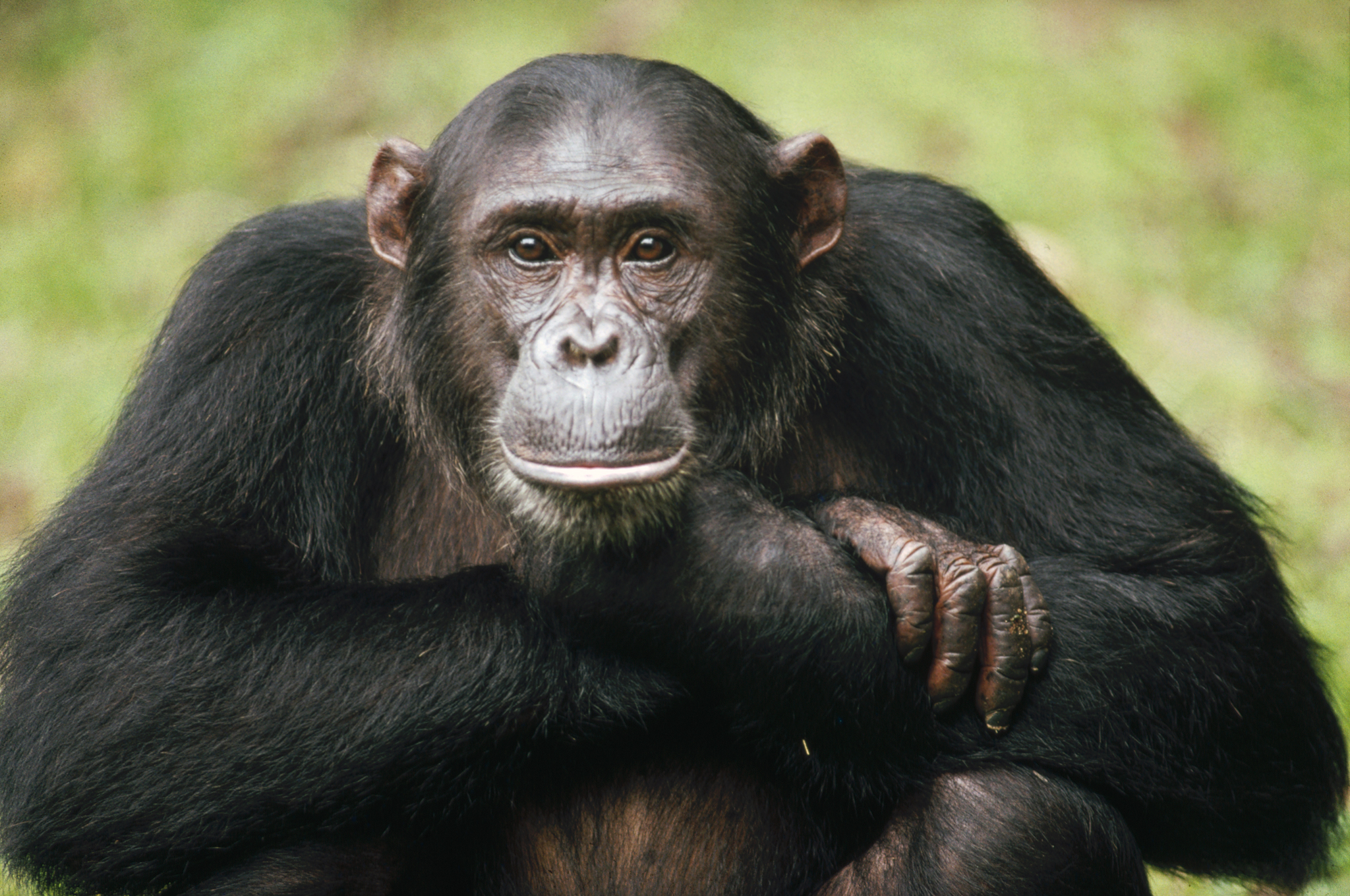
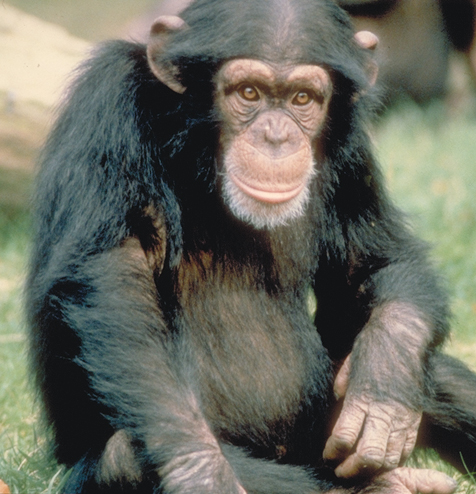
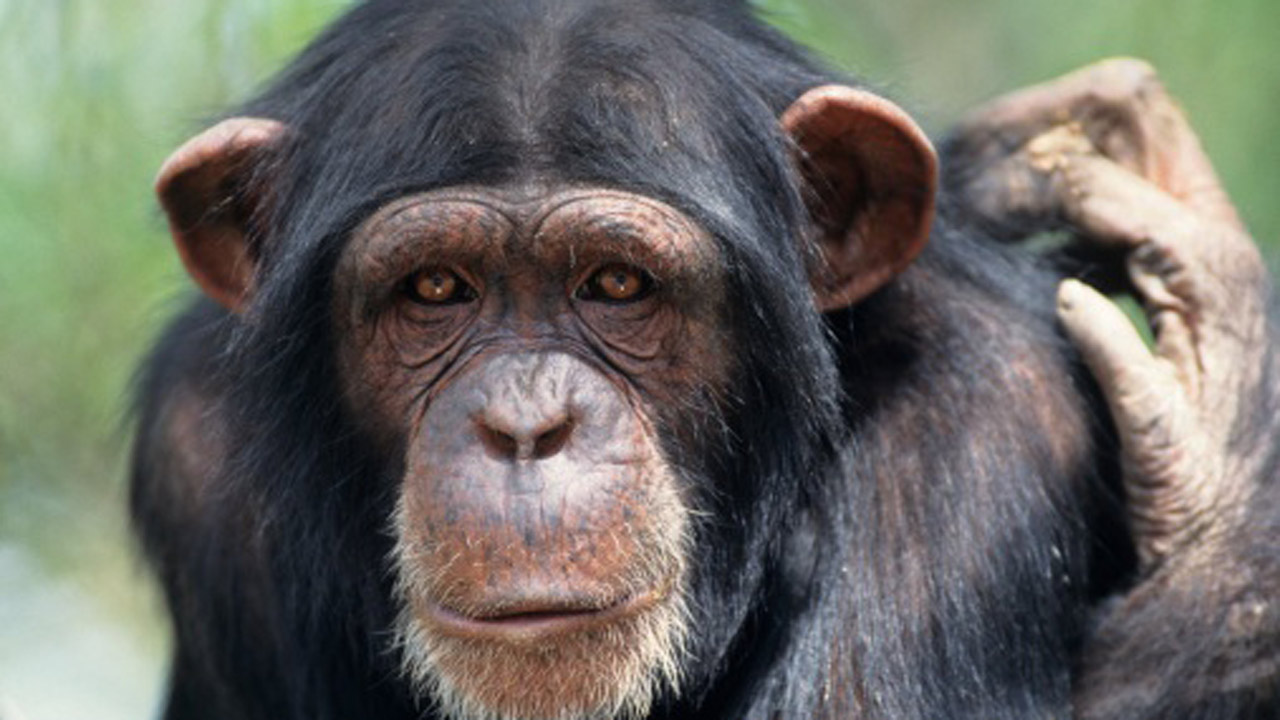
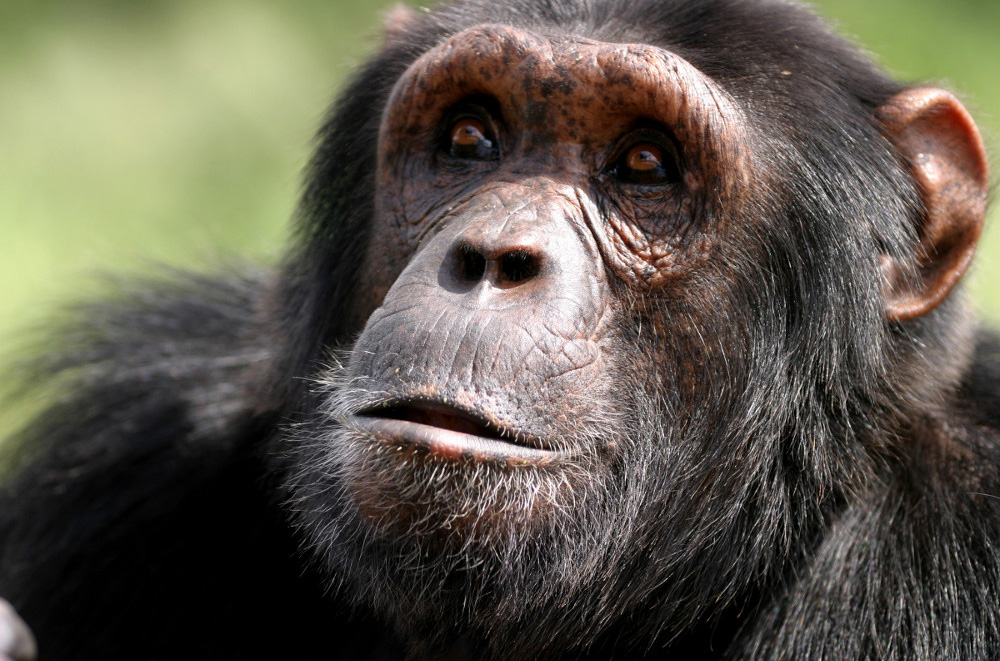

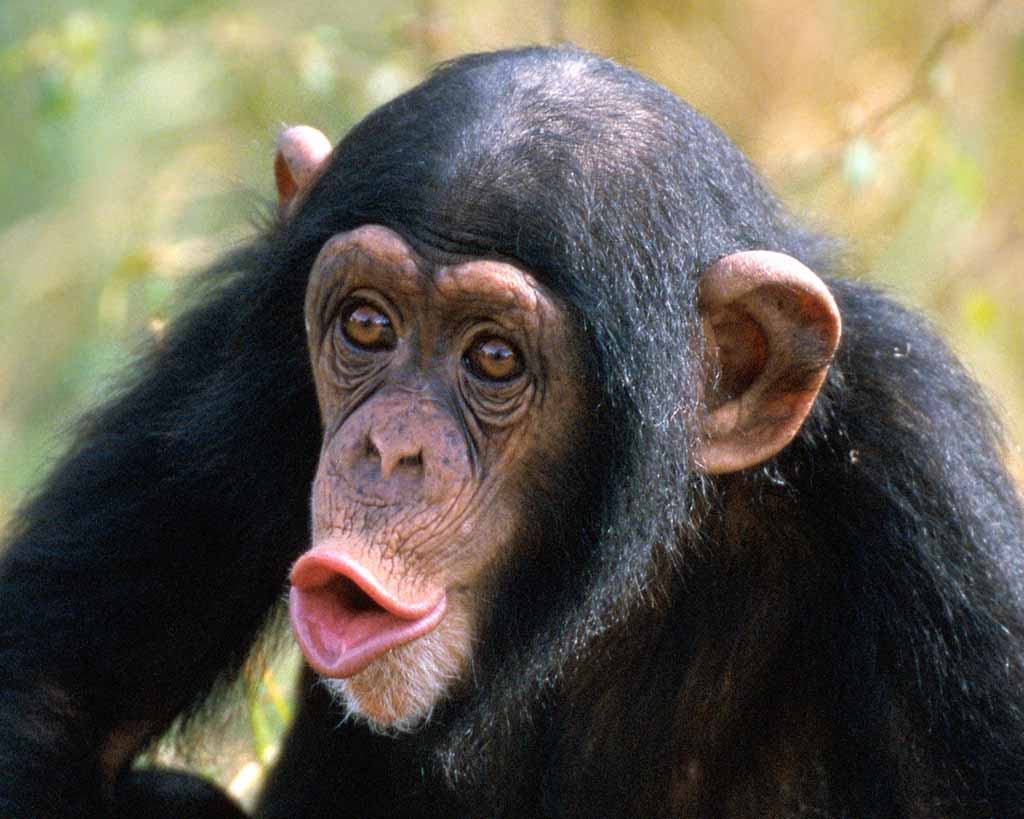


 Animalia Life
Animalia Life